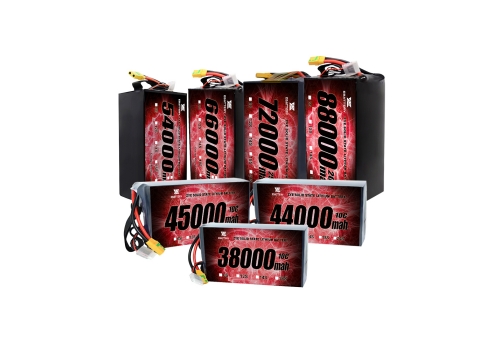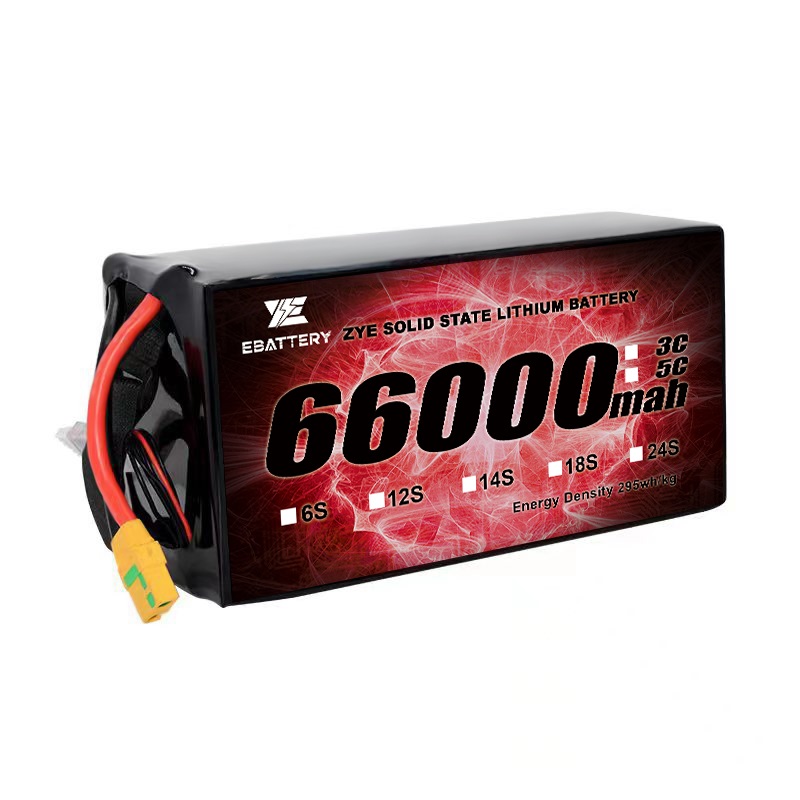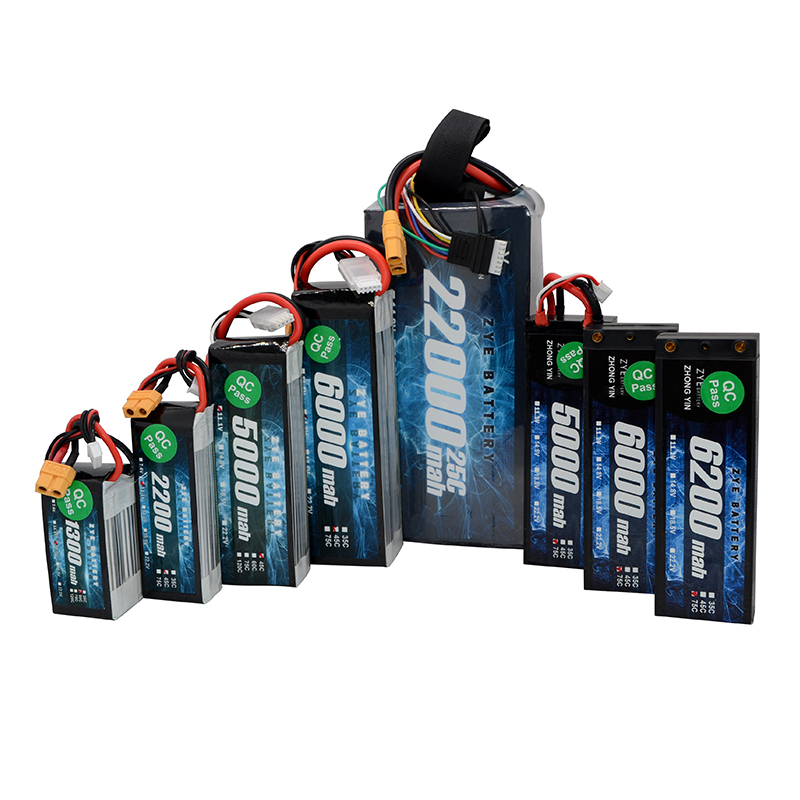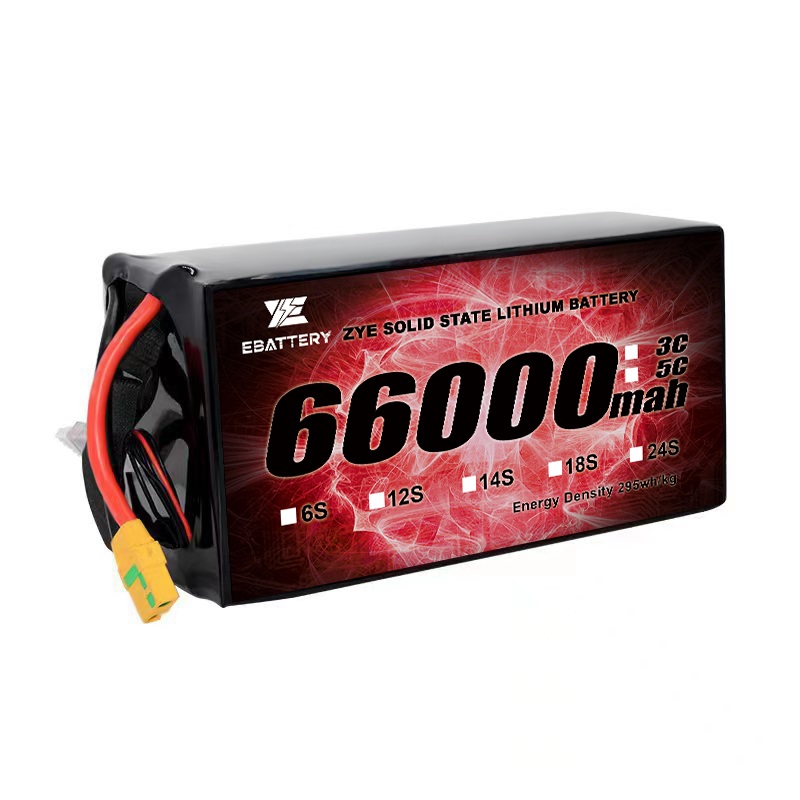What are the advantages of Solid-state Lithium ion batteries?
2025-10-14
Drone power technology continues to make breakthroughs. This new technology, positioned between liquid lithium batteries and all-solid-state batteries, is disrupting the traditional lithium battery landscape with its multidimensional advantages, injecting new momentum into the low-altitude economy.

I. Doubled Energy Density: Dual Breakthroughs in Endurance and Payload
Lithium polymer batteries commonly used in consumer drones typically have energy densities below 250Wh/kg, while liquid lithium batteries in agricultural crop protection drones rarely exceed 300Wh/kg. This has led to an industry norm of “30 minutes of flight time and 5 kg payload capacity.”
Semi-solid state batteries achieve a qualitative leap through material innovation. Combining silicon-carbon anodes with high-nickel cathodes, they reach 350Wh/kg—nearly doubling traditional energy density. This enhancement directly translates to operational capability.
More crucially, it optimizes the “energy-to-weight ratio.” While boosting energy density by 35%, semi-solid batteries reduce weight by 20%. This enables 5-kg payload drones to achieve 30-40 minutes of flight time, fundamentally resolving the industry dilemma where “carrying extra batteries is less practical than carrying less payload.”
II. Safety Revolution
The gel electrolyte technology in semi-solid batteries fundamentally eliminates the safety hazards associated with liquid electrolytes. These batteries demonstrate zero leakage and no ignition during puncture and compression tests. Under extreme conditions, their thermal stability surpasses traditional lithium batteries by 300%, maintaining stable discharge even at 80°C or under puncture impact.
III. Environmental Adaptability: Stable Output at -40°C
Through optimized electrolyte formulations, semi-solid batteries overcome temperature limitations. ZYEBATTERY products operate stably between -40°C and 60°C, maintaining 85% capacity retention in extreme cold. In contrast, conventional lithium batteries last only 15 minutes under identical conditions, failing to meet demands for high-altitude rescue operations or polar expeditions.
IV. Cycle Life Advantages
By suppressing lithium dendrite growth, semi-solid batteries extend cycle life to over 1,000 cycles. Some models retain over 80% capacity after 1,200 cycles. For agricultural drones charging/discharging three times daily, traditional batteries require two annual replacements, while semi-solid batteries operate continuously for 12 months—reducing annual costs by 60%.
Accelerated Commercialization
Consumer-grade, agricultural-grade, emergency-grade, and industrial-grade drones can all gradually adopt semi-solid-state batteries. The voltage and capacity of multi-series battery packs can be customized to meet specific requirements.
For instance, a 6-series configuration suits medium-sized aerial photography drones (20-30 minute endurance), while a 14-series setup is ideal for large agricultural spraying drones (40-60 minute endurance). However, such batteries require a professional Battery Management System (BMS) to ensure voltage balancing across series and prevent safety incidents caused by voltage inconsistencies.
Semi-solid-state batteries are not a transitional technology, but rather the optimal solution to address the ‘range anxiety’ of drones today. Industry analysts point out that as mass production costs decrease by 2025, these batteries will rapidly penetrate the consumer market, enabling aerial photography drones to achieve over one hour of flight time and cargo drones to deliver goods over 100 kilometers. This will truly unlock the potential of the low-altitude economy.

























































